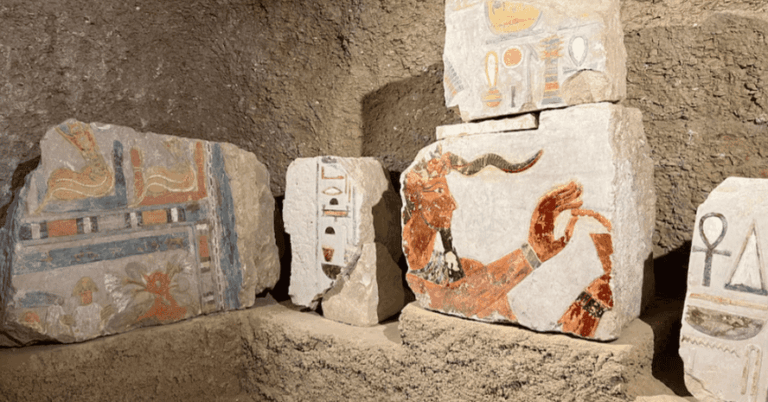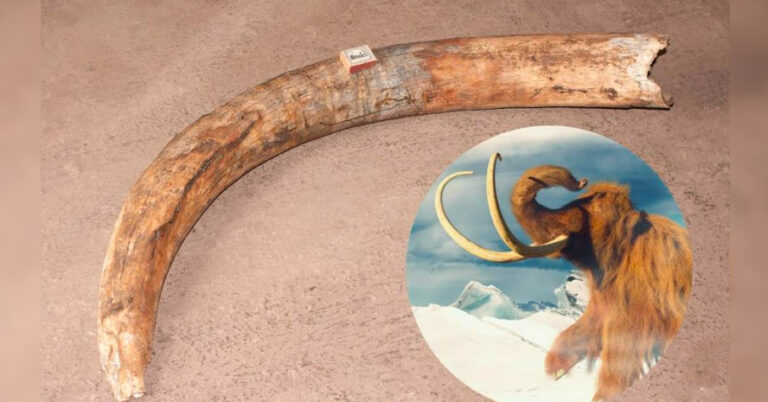History has a funny way of hiding in plain sight. Deep in northern Israel, at the ancient city of Megiddo, archaeologists have uncovered something that might connect right back to the Bible. Scattered across the site were broken pieces of Egyptian pottery—fragments that could be leftovers from one of the most talked-about battles in biblical history.
If you remember the story, Megiddo is where King Josiah tried to block Pharaoh Necho II and his army around 609 BC. It didn’t end well for Josiah, according to the Second Book of Kings. Now, thanks to a recent dig, we may be seeing physical proof of that clash, centuries later.
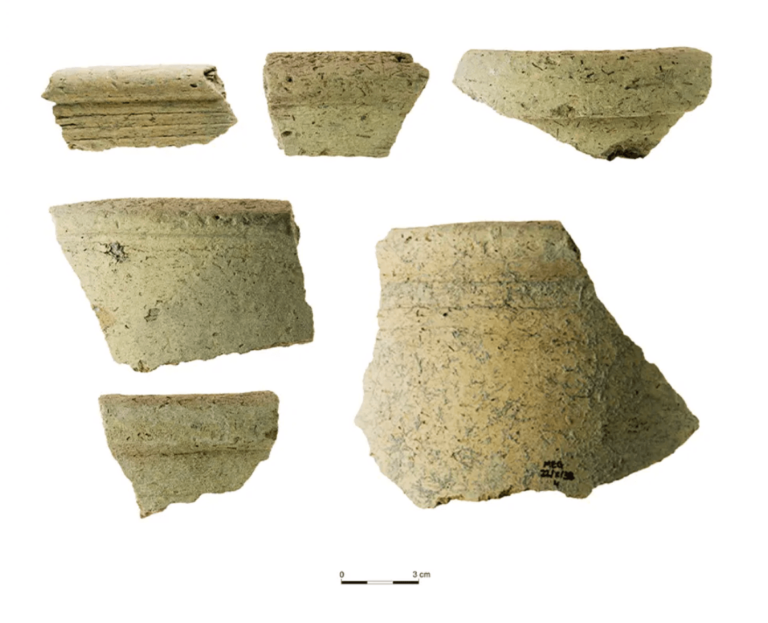
A Place Built for Battles
Megiddo isn’t just any old ruin. It’s layered like a historical cake, with over 30 different layers of civilization built one on top of the other. From ancient kings to soldiers in World War I, everyone seemed to want a piece of this strategic spot. And beyond its battlefield past, Megiddo famously lends its name to “Armageddon” — the prophesied site of the final showdown between good and evil.
While no archaeologist is claiming to have evidence of the end of days, what they’ve found says a lot about the battles of the past.

Broken Pots, Big Clues
Dr. Assaf Kleiman and his team at Ben-Gurion University found loads of Egyptian pottery pieces at Megiddo, all dating to around the late 7th century B.C.—smack in the middle of Josiah’s ill-fated encounter.
What makes it really interesting is that the pottery doesn’t look like trade goods. It’s rougher, simpler, and mostly found right there at the site—not spread around neighboring towns. Kleiman thinks it’s the kind of stuff an occupying army would use day to day, not the fancy ceramics merchants would have hauled around.
“The variety and amount of these Egyptian vessels really points toward a military presence,” Kleiman said. “We’re talking about everyday bowls, cooking pots, storage jars—all the basic gear an army would need while stationed in foreign territory.”
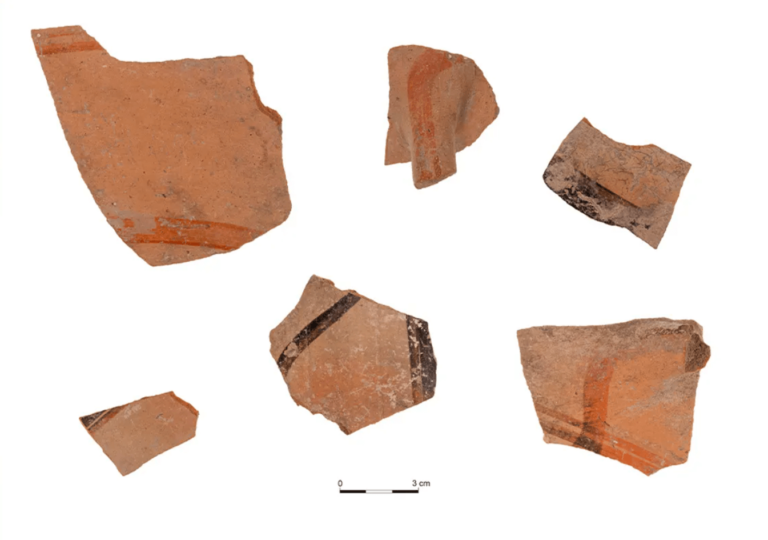
And Then There’s the Greek Pottery
One unexpected twist? Some Greek pottery fragments turned up too. That hints that Greek mercenaries might have been fighting alongside the Egyptians, something ancient writers like Herodotus hinted at but archaeologists rarely get to see up close.
All in all, it’s another reminder that places like Megiddo hold layers of forgotten stories just waiting to be uncovered—and that sometimes, a handful of broken pots can tell us more about the past than any dusty old scroll.
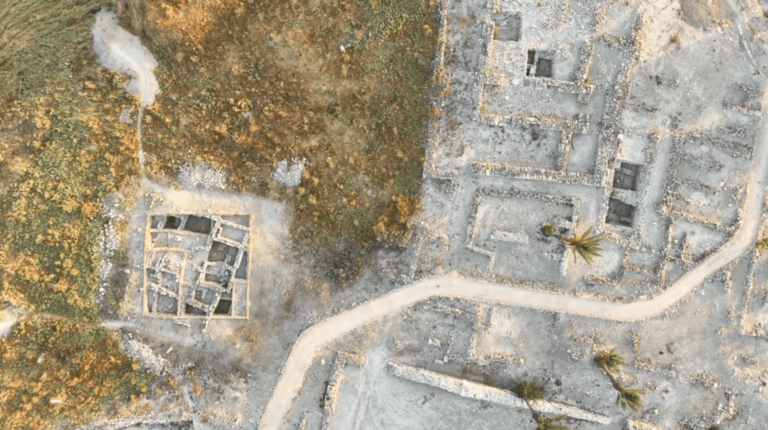
What’s Next for Megiddo?
Researchers aren’t packing up their tools anytime soon. The next step is to dig even deeper — literally — into the oldest parts of the site, looking for traces of life from the Bronze Age.
There’s still a lot we don’t know about Megiddo, and every new find seems to raise just as many questions as it answers. With time, and a bit of luck, this ancient hill might have a few more secrets left to tell.


